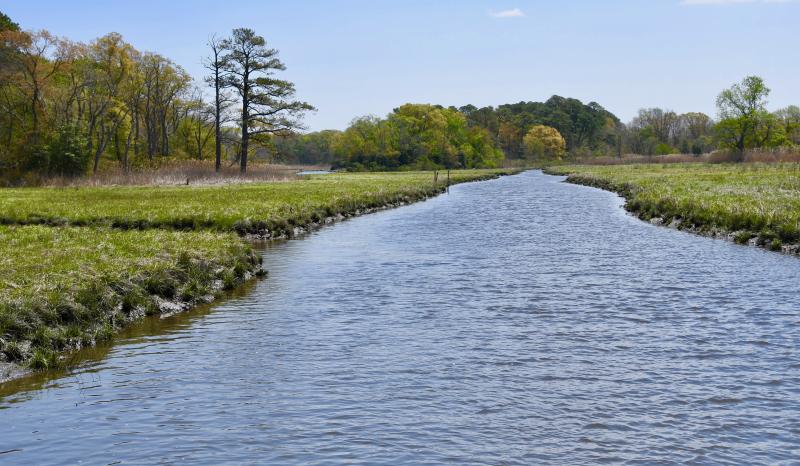Sussex council close to vote on buffer changes
Sussex County Council has moved one step closer to a vote on an amended wetland buffers and drainage ordinance.
At its April 26 meeting, county assistant attorney Vince Robertson outlined proposed changes to the ordinance, which, he said, will need to be voted on separately. He said he would prepare motions to present to council at a future meeting.
Among the changes are:
• Buffer areas must be listed on all deeds.
• Buffer areas must be delineated with 5-by-7 signs posted every 100 feet and also marked with permanent monuments.
• Disturbance of resource buffers may result in penalties imposed in county code.
• Buffer averaging can only occur within the same resource area.
Some of the major changes relate to violations and penalties.
For every one tree of 6 inches in diameter destroyed or removed in a buffer area, three trees of least 2 inches in diameter must be replanted.
District 4 Councilman Doug Hudson asked how county staff would know if trees are removed.
County engineer Hans Medlarz said county inspectors will be on construction sites on an almost daily basis. “Any removal would easily be seen by county staff,” he said.
“Stumps are normally visible. There is evidence,” said Planning & Zoning Director Jamie Whitehouse, adding mitigation plans are required.
The proposed fine is $10,000 per one-quarter acre of disturbance. In addition, building permits can be withheld until mitigation is done.
New buffer widths
Buffer widths have been increased, and areas not previously protected have been added.
Changes include an increase from 50 feet to 100 feet for tidal water and wetlands buffers, and 30 feet for nontidal wetlands and streams. The county currently does not require buffers along nontidal waters and wetlands.
Under the proposal, a buffer is divided in half – Zone A, the area closest to the resource with the most protection, and Zone B. A list is provided for what activities and construction are permitted in each zone.
Buffer averaging would be permitted, allowing a developer or landowner to reduce buffer width in one area if an increase in buffer width is provided in another area. Averaging would only be permitted in Zone B.
The proposed ordinance includes:
• Property lot lines would no longer be permitted as part of a buffer
• Tidal waters and tidal wetlands: 100 feet
• Perennial nontidal rivers and streams: 50 feet
• Nontidal wetlands: 30 feet
• Intermittent streams: 30 feet
• No buffers required for tax ditches
• Resource buffer management plans in community covenants
• Incentives to allow developers more flexibility in design
• Preservation of established native forests and non-forested meadows to eliminate clear-cutting.
A better definition of buffers and their function is included in the new ordinance – to enhance water quality, provide habitats and provide flood mitigation and improved drainage.
See the draft ordinance at sussexcountyde.gov/sites/default/files/packets/SCC.Public.Packet.042622.pdf.





















































